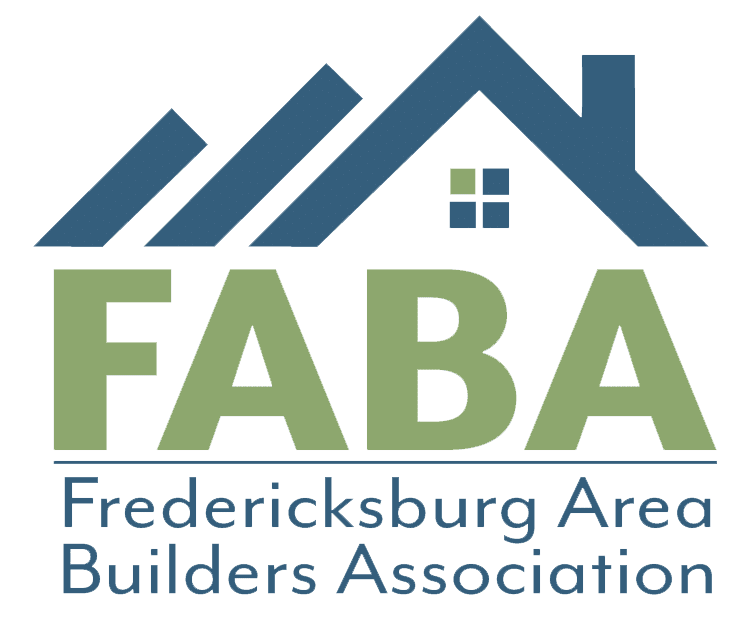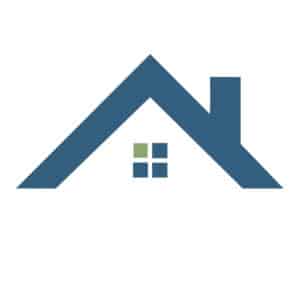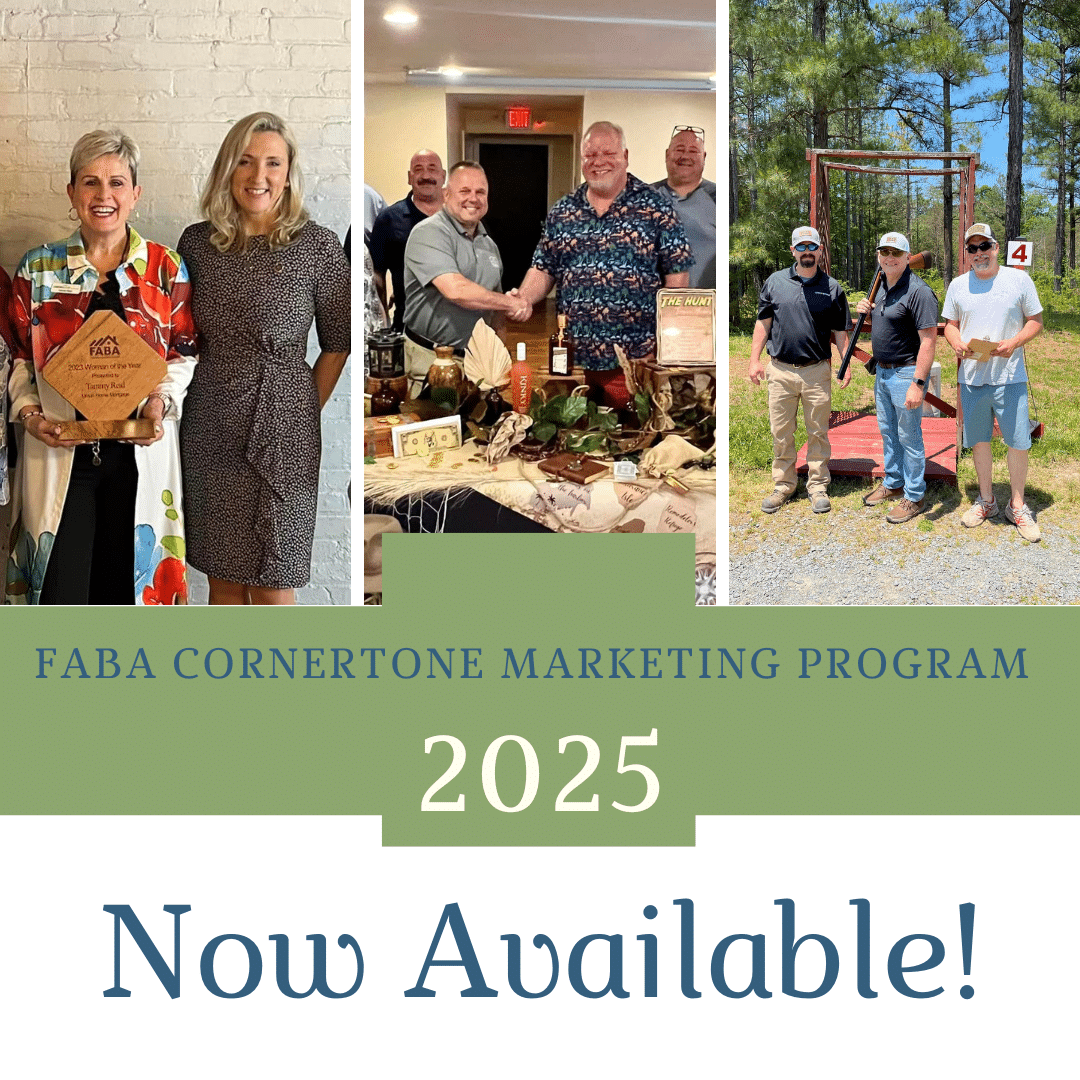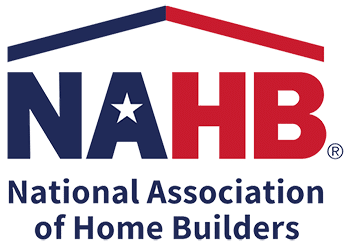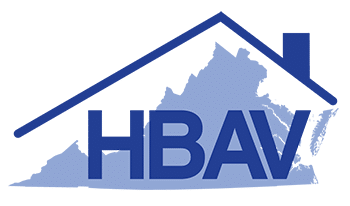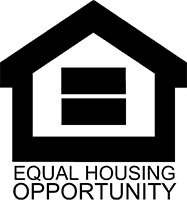
Skyrocketing lumber prices and supply-chain challenges continue to slow home construction, even amid higher demand. Both new home sales and existing home sales have cooled as prospective buyers are priced out of the market.
As appraisals struggle to reflect these ever-rising costs, home owners and builders continue to look for opportunities to minimize the impact these prices are having on the overall cost of the home. But as they strategize, prices are only getting worse.
“I am trying to build my own home — we are general contractors — and the price of lumber has set us back twice,” Michelle Govro from Missouri explains. “My permits are waiting, but in the one month of waiting for permits, the price of our bids in lumber went up substantially.”
“We even redrew house plans and are trying to build a smaller 1,600-square-foot home, and the lumber price is outrageous,” she added.
Others, such as Angela Cross from New York, have been watching the market to try to build their home at a better time only to be met with continued disappointment.
The Cross family began their home-building journey in April 2020, with an initial quote from a contractor in July 2020 once their land had been surveyed. Lumber prices had begun to ramp up, so a final quote was prepared in September 2020. The price of their turnkey home jumped 20% in just those two months.
“That was over our budget at that time,” she notes, “and after discussing it with our contractor, we decided to wait until February 2021, as he was hopeful lumber prices would come down.”
However, lumber prices have continued to rise instead, and what had been a 20% increase in September had become a 38% increase as of April 2021. Like Govro, the Crosses have tried to find every opportunity to cut costs — including reducing the square footage from 1,656 square feet to 1,500 square feet, and exploring alternative construction methods such as modular — as they continue to rent a two-bedroom house with their two daughters. But the costs are still too high.
Even the existing home market isn’t providing any relief.
“The homes are either sold very quickly, or are out of our price range, or need so much work that it is not worth it to us,” she shares. “Especially since we now own our own piece of land and have dreamed of building our home.”
Problem with rising costs and supply chain challenges are only bound to make these issues worse, as they continue to complicate the home building process.
Mark Reifsnyder, a mortgage banker of 22 years in Michigan, observes: “With construction, there is always the likelihood that costs change during the build due to fluctuations in the supply chain in any given year, as well as the customer making costly changes along the way. We plan ahead for that.”
“But when a builder cannot bottom-line a total cost because the costs run out of control due to an endless list of issues, it leads to a lengthier build,” he adds. “The problems just compound themselves.”
Home buyers in the current market need to earmark an additional 20%, beyond their 20% down payment, just to cover ‘what-ifs’ — and in some cases, “that isn’t even enough,” he notes.
“What confuses things even more is one day there is a news story about supply shortages, but the next day there is a story about stocked lumber yards that simply don’t have the manpower to get materials out the door fast enough,” he adds. “Forrest infestations in Canada, resin factories in Texas still offline due to the ice storm five months ago — the lists go on. This only adds to the confusion and frustration for people.”
We Need to Hear from You
NAHB is working on all fronts to address the escalating lumber prices and supply chain issues. We would like to hear how rising lumber prices, and the limited availability of lumber, are affecting home building and housing affordability. For example, missed closing opportunities, increased costs, buyers being priced out of the market, etc. This will help us further illustrate to the Administration and Congress why a plan to address the lumber crisis is urgently needed. Share your story here.
